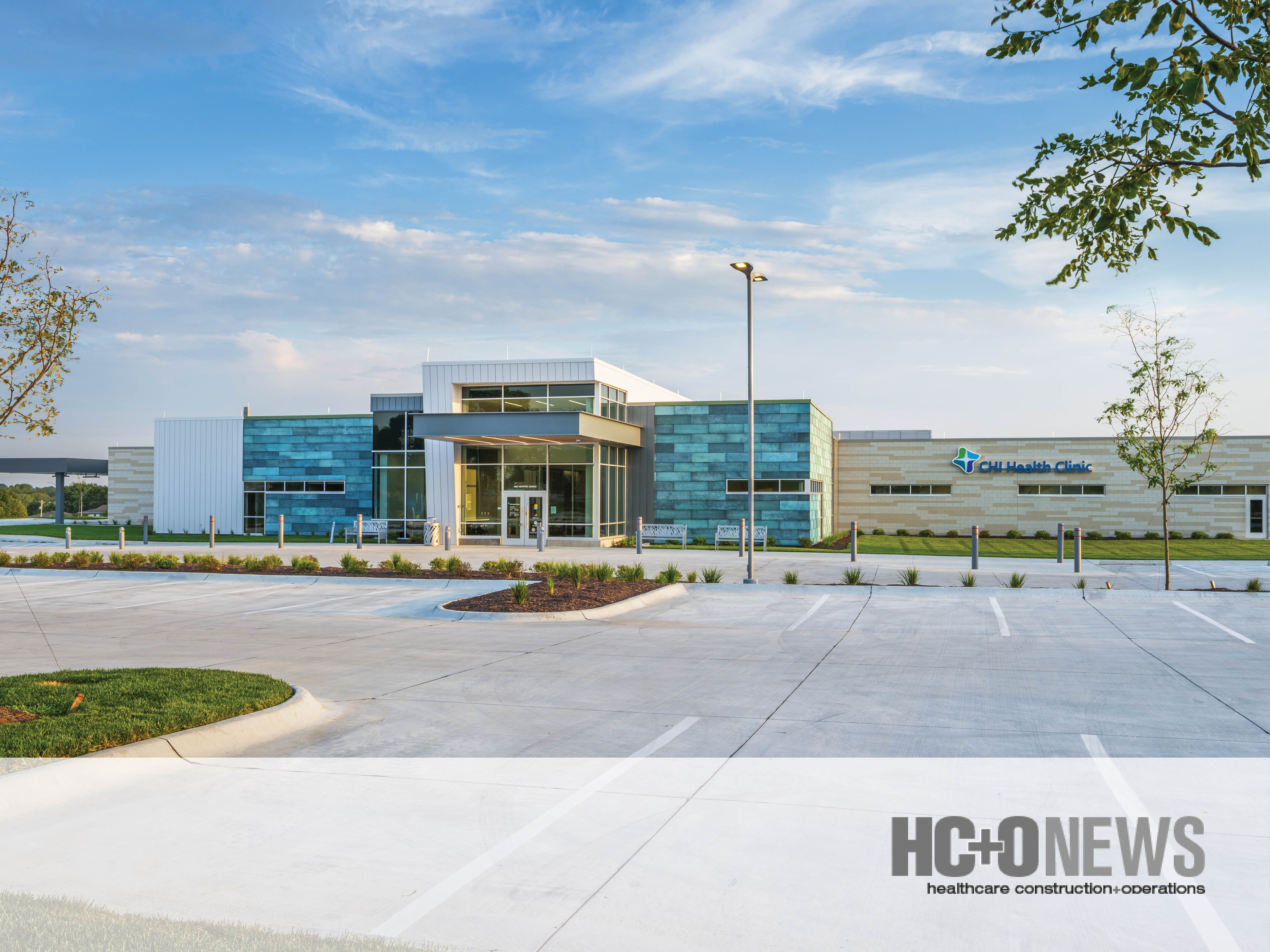Modular and Prefabricated Design Part I: The New Mainstream for Health Systems
A recent HCO News article highlights how modular and prefabricated design is becoming a mainstream solution for healthcare systems facing rising...


The spacious public parking area at the new Council Bluffs Police Department headquarters building at 1 Ezra Jackson Way was filled to overflowing Monday as area residents and local officials packed the building’s community room for the ribbon cutting marking the official opening of the facility.
It was a red-letter day for Council Bluffs as Police Chief Tim Carmody cut the ribbon opening one of Iowa’s newest, most modern and most technologically advanced law enforcement facilities.
City voters approved the $20 million bond referendum that financed construction of the new police headquarters in 2016, with 62.69 percent of the nearly 4,000 local residents who went to the polls approving the referendum. The bond referendum required a super-majority – 60 percent or more – of those voting for approval.
The 53,000-square-foot headquarters building also features a 4,500-square-foot outbuilding with paved parking areas for staff and visitors.
When the City Council approved the plans and specifications for the new building, construction costs for the project were estimated at $15,102,726, with “soft costs – including professional services and real estate costs – at $4,897,274.
Carmody, speaking at Monday’s ribbon-cutting ceremony, said the project came in about $2 million under budget. He had said earlier that the money will go back into the project for additions that were originally placed on the back burner.

A recent HCO News article highlights how modular and prefabricated design is becoming a mainstream solution for healthcare systems facing rising...

2025 brought a number of recognitions for our work, our people, and our growth as a firm. From project awards to individual honors and business...

Mara Sabatini, Vice President and Senior Project Manager, was recently featured in BD+C’s article, Leadership in Practice: How 40 Under 40 Alumni...